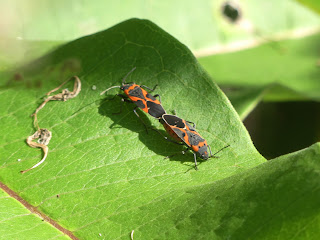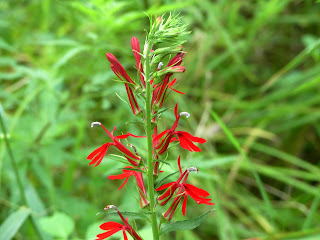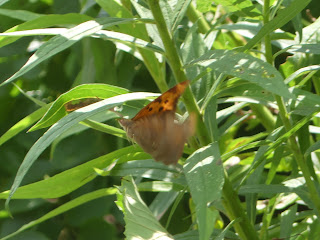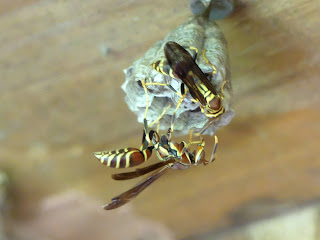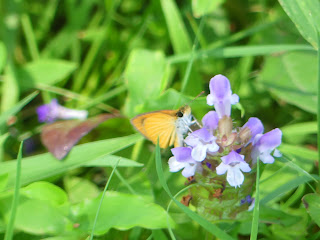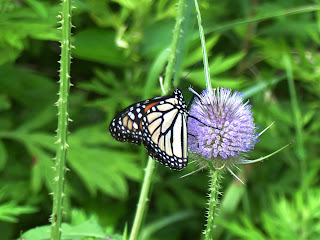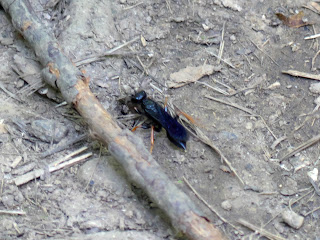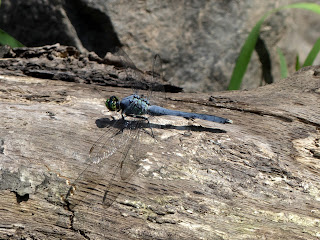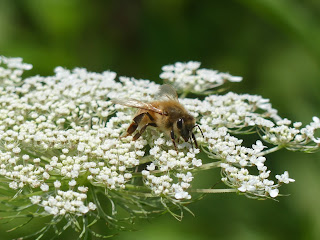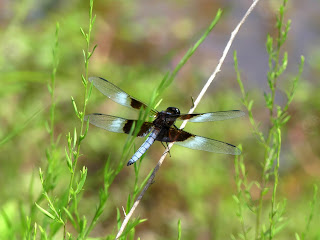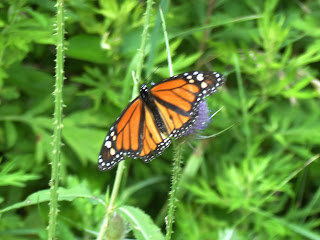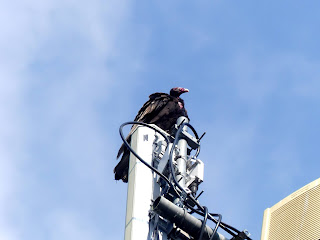Decorative Finches
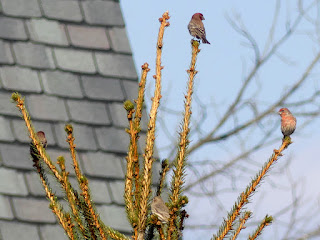
At Duke Farms they decorated their outdoor Christmas tree with House Finches ! House Finches can make for interesting and festive decorations for an outdoor tree, though the Migratory Bird Treaty Act prohibits their use on indoor trees. On outdoor trees, the main drawbacks are: The ornaments don't necessarily face in the direction you want. The ornaments sometimes fly off for food, or if a hawk flies overhead, or even for no apparent reason. On the other hand, they'll automatically rearrange themselves periodically, and if you're lucky they may even sing to you. I would encourage you to encourage bird decorations in your outdoor trees. December 22, 2021 at Duke Farms Photo 174171758, (c) jpviolette, some rights reserved (CC BY-NC)
